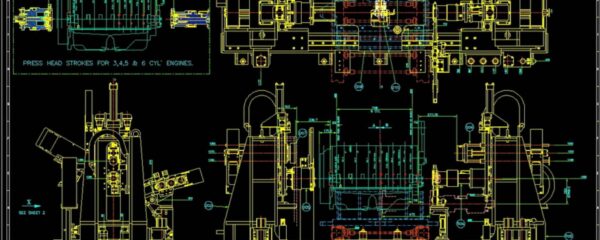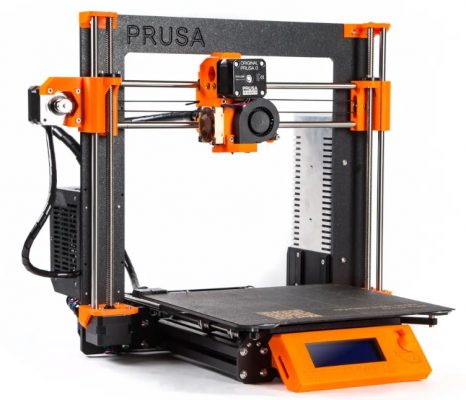CADtec3D Design & Prototyping Services-
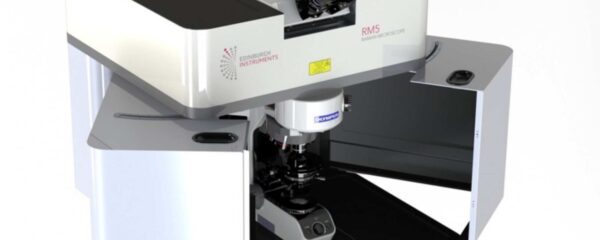
Photo Realistic Images
Photo Realistic Images Photorealistic Imaging for marketing and Technical Publications ...
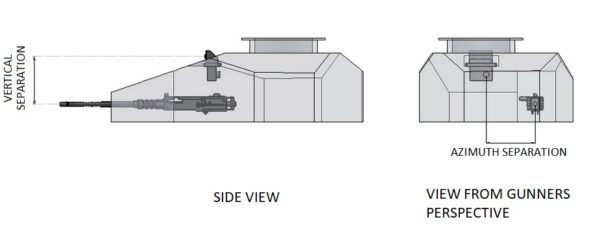
Brand-CADtec3D-Graticule-Reticle-patterns-all-calibers
Graticule Design (UK) ~ Reticle Design (USA) CADtec3D has many ...
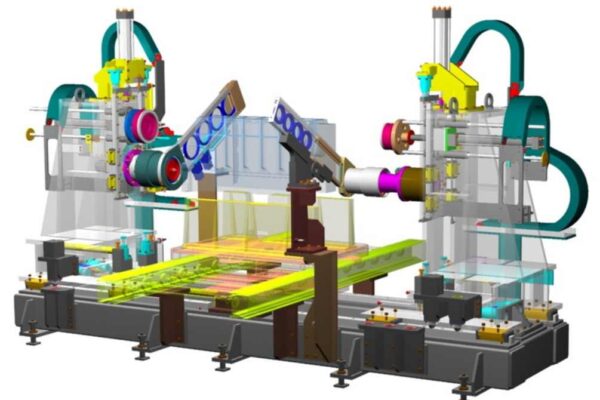
Brand-CADtec3D-Animation
Animation We provide a photorealistic rendering service that transforms your ...
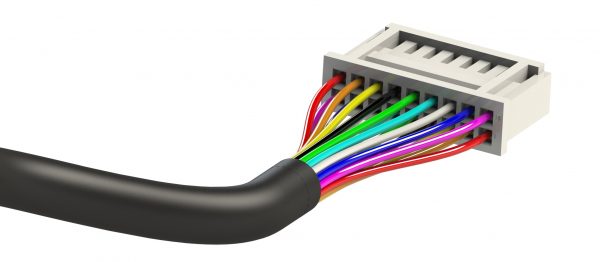
modelling of electrical harnesses
Modelling of Electrical Harnesses Modelling of Electrical Harnesses Modelling of ...





